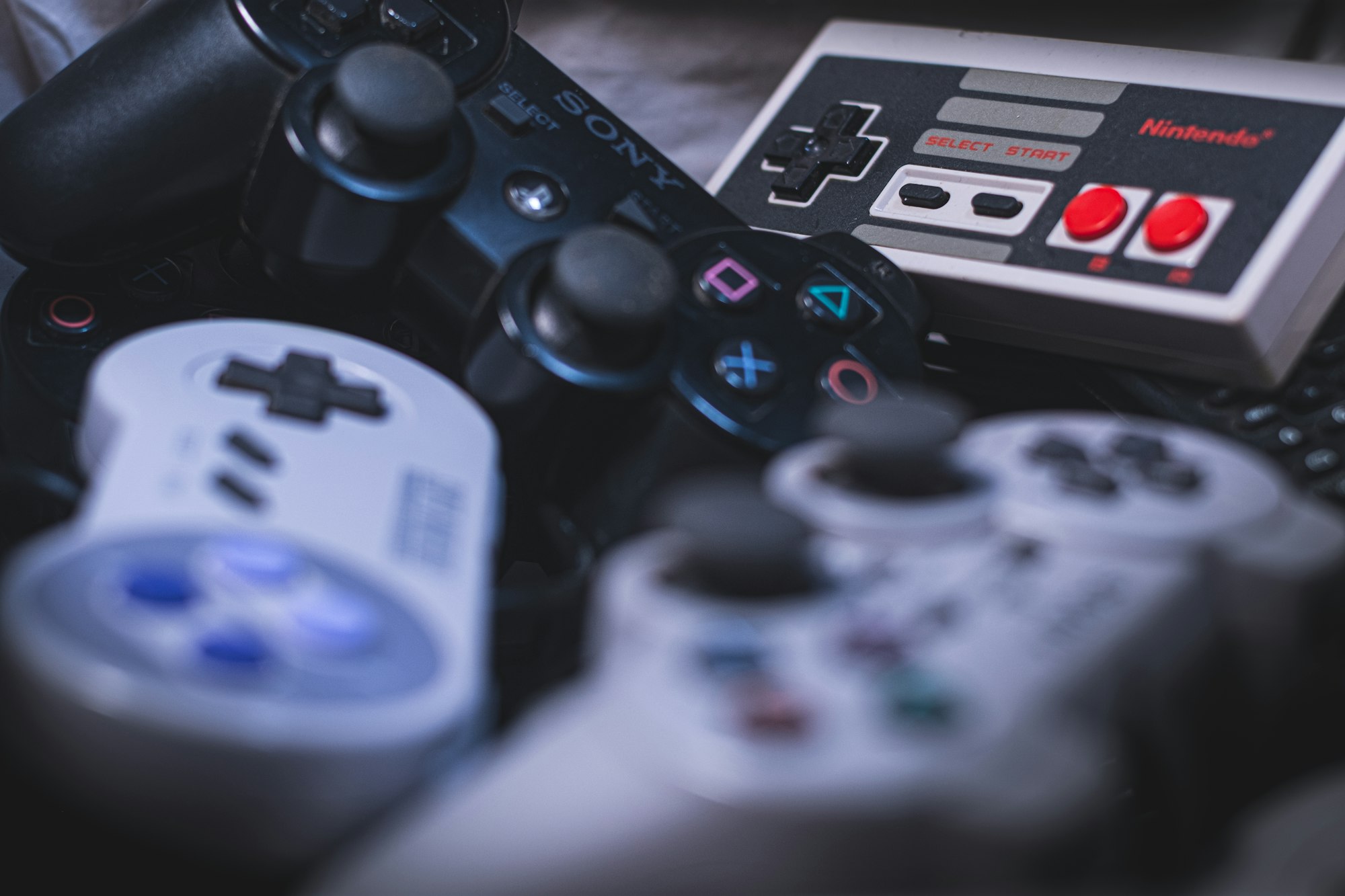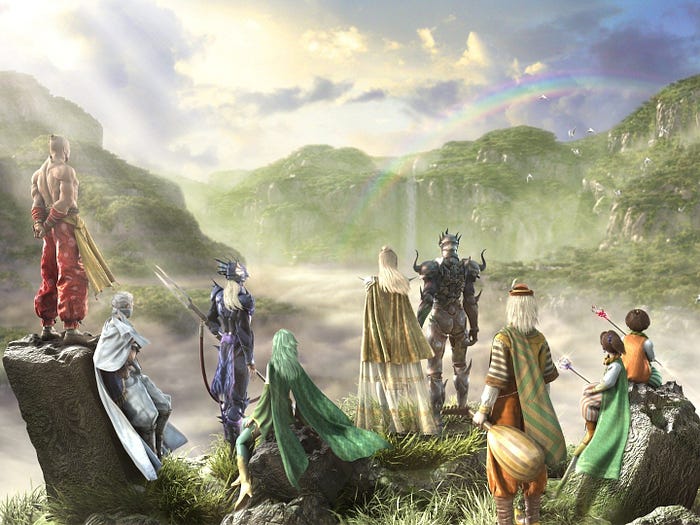In Defense of Emulators
Emulators and ROMs preserve gaming that has been made inaccessible

When I was in seventh grade, a friend of mine pressed a floppy disc and a slip of paper into my hands. On the paper were instructions, lazily scrawled in blue ink pen, for how to access the ZSNES emulator and play the ROM of Final Fantasy IV (then still Final Fantasy II in America). I took the floppy disc home, booted up my family computer, and followed the instructions that helped me set up the game and the controls and get everything running on this virtual Super Nintendo.

As I passed the game’s title screen and watched the Red Wings of Baron sail across the world and pilfer each nation’s sacred crystal, I was awestruck. It wasn’t the technology that had left such an impression on me, but the game itself — until that day I had only known Super Mario and Kirby and Sonic the Hedgehog. The scope, music, and characters of Final Fantasy awakened something new in me, and from that day forward I was an obsessive fan of the series and the RPG genre. My seventh-grade friend and his act of kindness had gifted me with this new experience that I hadn’t before realized was possible.
A Different Kind of Gaming
Learning the ins and outs of the ZSNES emulator was fairly easy, and it opened up an avenue of additional gaming experiences. My seventh and eighth-grade years were spent storing Final Fantasy V (the Butz fan translation), Final Fantasy VI, Chrono Trigger, Super Mario RPG, and many others on floppy discs, accessing the save states wherever I could in order to play the games both at home and at school. I became an RPG junky, obsessively poring over the incredible scope and narrative of these titanic games.
It’s possible that without access to the emulator I would have come across Final Fantasy eventually, but this early stage of access cemented me as an RPG fan. When I had the money and the means (or if there was a birthday or Christmas coming up) I grabbed every RPG I could. Eventually, the ZSNES emulator was abandoned when it became easier for me to play games on the Playstation and Playstation 2, but the fondness I have for the early days spent playing those incredible games on my home computer never truly faded.

Years later, when my friends and I left home for jobs and college, my good friend at the time got me into the exciting world of PSP emulation. The PSP was (and still is, frankly) an amazing device whose storage capacities made it unparalleled as a handheld device. Using what was called a “Magic Memory Stick” and a “Pandora Battery” turned the PSP into an emulation powerhouse — two items that essentially forced the PSP to enter Service Mode and allowed users to access the device’s firmware and enable hacks and emulators. It was easy enough to figure out how to play older titles on the device, but my friend and I spent hours trying to figure out how to make our PSPs not only play other downloaded PSP games but do something that was until that point unimaginable: play games from the original PlayStation on the go.
The PSN was not yet the service that we know and love today, and it wasn’t a simple thing just to download Final Fantasy VII and run it. I delved into the world of ISOs and ROM states and firmware hacking, and after several months of effort, I got a full, 4-discs-in-1 mounted ISO of Final Fantasy IX. I still remember that weekend fondly, even though it must have been ten years or so ago now. The extreme elation of laying back on my couch and losing myself in one of my favorite games of all time (in portable, handheld mode!) was unlike anything else I’d ever felt. The sense of accomplishment was matched by my personal enjoyment of the game.
Personal Time Machine
Recently, I purchased a Retroid Pocket 2, a sort of “all in one” handheld emulator that can run NES, SNES, Sega Genesis, Game Boy Advance, Nintendo DS, PlayStation, and more through an array of apps built into the device. After a little bit of troubleshooting, I’ve been able to play Metroid Zero Mission, Golden Sun, and Brave Fencer Musashi on the little device. It’s cute, extremely portable, and does what I need it to do. Like most emulators, it’s fairly clunky, but the landscape of emulation has always been that way and I don’t see it changing anytime soon. Still, for such an accessible and affordable device, it’s an amazing nostalgia capsule.

Most gamers are aware of Nintendo’s intense, brutal scorched-earth policy on emulation and ROMs. Despite the nature of emulating games, accessing ROMs is less about “getting free stuff” and more about accessibility and ease of use.
Fans want to play the games they love, and video game companies are notoriously awful at curating their own histories. Many games and franchises get lost to the annals of time or simply become unaffordable or difficult to play, and emulation saves this content for a hungry, nostalgic populace.
I’ve always been a big fan of emulation and I feel as though I can chart my personal path through gaming by a few key emulation milestones. I’ve spent thousands and thousands of dollars on games and consoles over the years, and emulators are not the intense evil that capitalist companies paint them as. I’m grateful for the hard work that has gone into emulation over the years — they keep gamers doing what they love the most, which is simply playing games.
